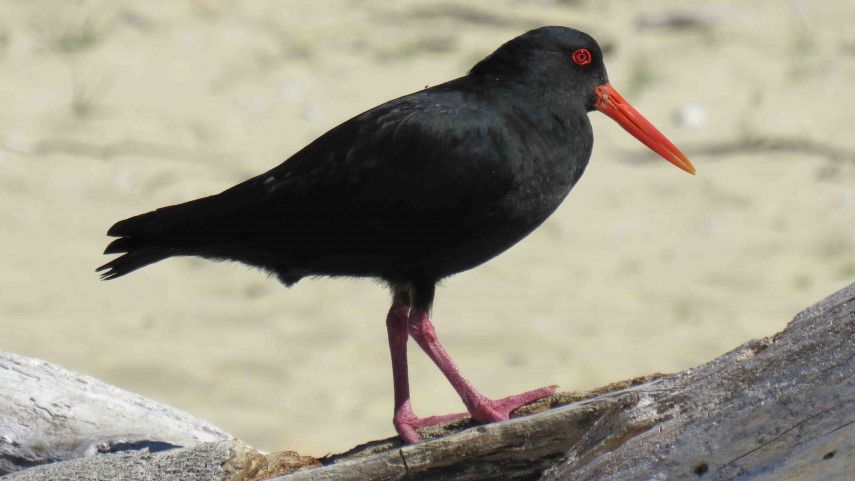
Record number of variable oystercatchers on estuary

Share this story
One of the world’s rarest wading birds is appearing in record numbers this year at the Avon-Heathcote Estuary/Ihutai.
The variable oystercatcher (tōrea-pango) is endemic to New Zealand, meaning it is not found in any other country.
Last week Christchurch City Council Ecologist Andrew Crossland counted 232 birds wintering at the Avon-Heathcote – beating the previous highest count of 218 birds recorded in 2007/8.
“That figure may rise further as numbers usually peak in April-May so a few more may arrive in the next few weeks.”
With a national population estimated at between 5000-6000 birds, Mr Crossland says the increase is consistent with a steady expansion in the overall Christchurch population in recent years.
“It’s a species for which we have a very long monitoring data set going back to the 1940s, and annually since 1985 and is one of the “indicator species” we use to track biodiversity trends,” says Mr Crossland.
“If we look back to 1986/7 there were just two recorded birds wintering at the Avon-Heathcote. By 2002/3 that figure had climbed to 102 so our local data shows the population is steadily increasing and that’s reflected nationally where the population as a whole has tripled since the 1970’s.
“The Avon-Heathcote has already been identified as one of the top 15 sites nationally for this species, but if more than 200 birds wintering there becomes a regular thing, then it would be one of the top five or so - a pretty cool result for our little estuary.”
Smaller concentrations of the variable oystercatchers can be found wintering on the Ashley Estuary, Brooklands Lagoon, Governor’s Bay and the Purau-Ripapa Island coastline within Lyttelton Harbour, Akaroa Harbour (particularly on the domain in Akaroa township), Okains Bay and Kaituna Valley.
Nationally the species is most abundant in Northland and in Tasman and Golden Bay.
In some areas the species has benefitted from predator control measures, however Mr Crossland says there have been no such controls in Canterbury and the increase seems to be something the birds are doing by themselves.
